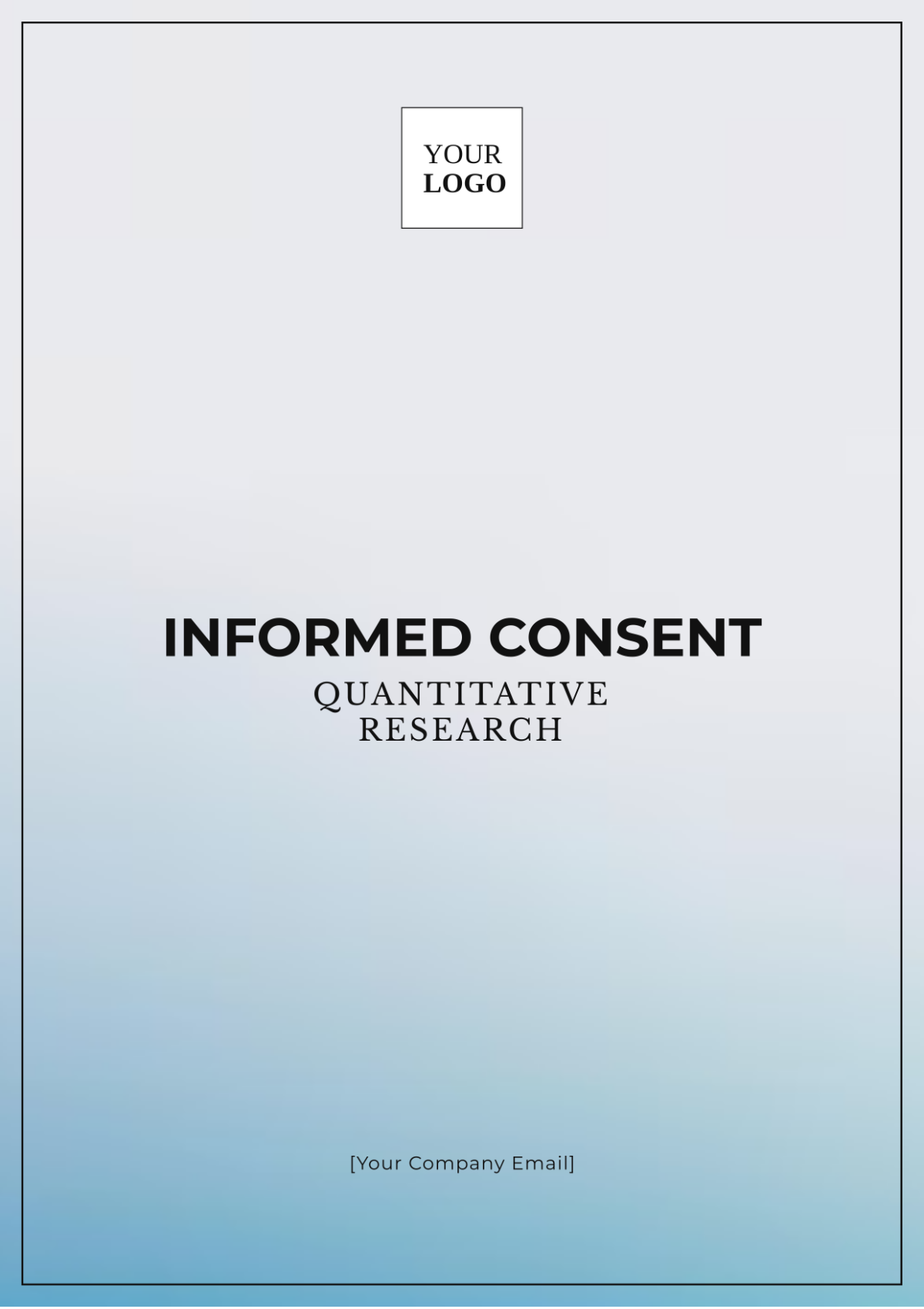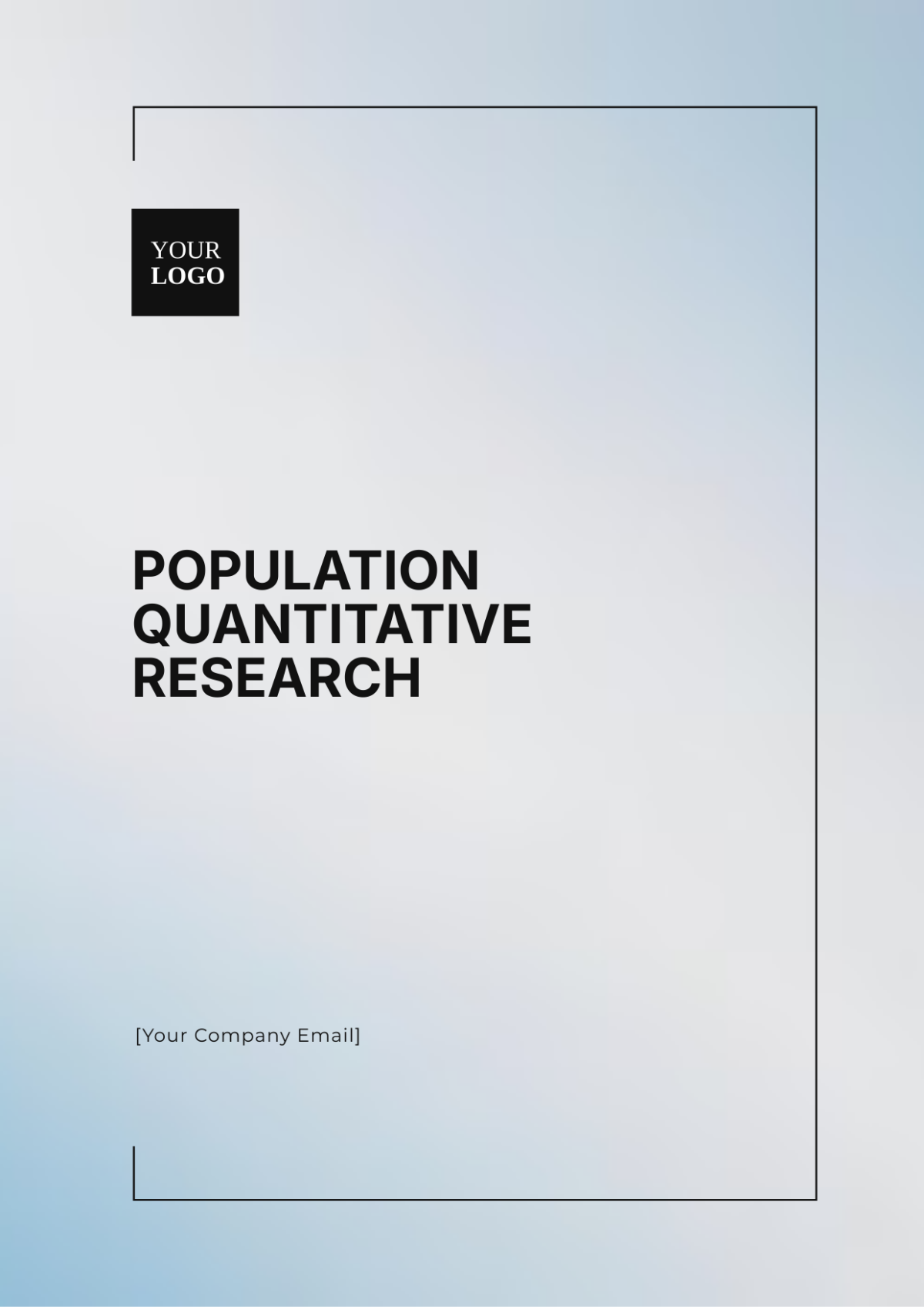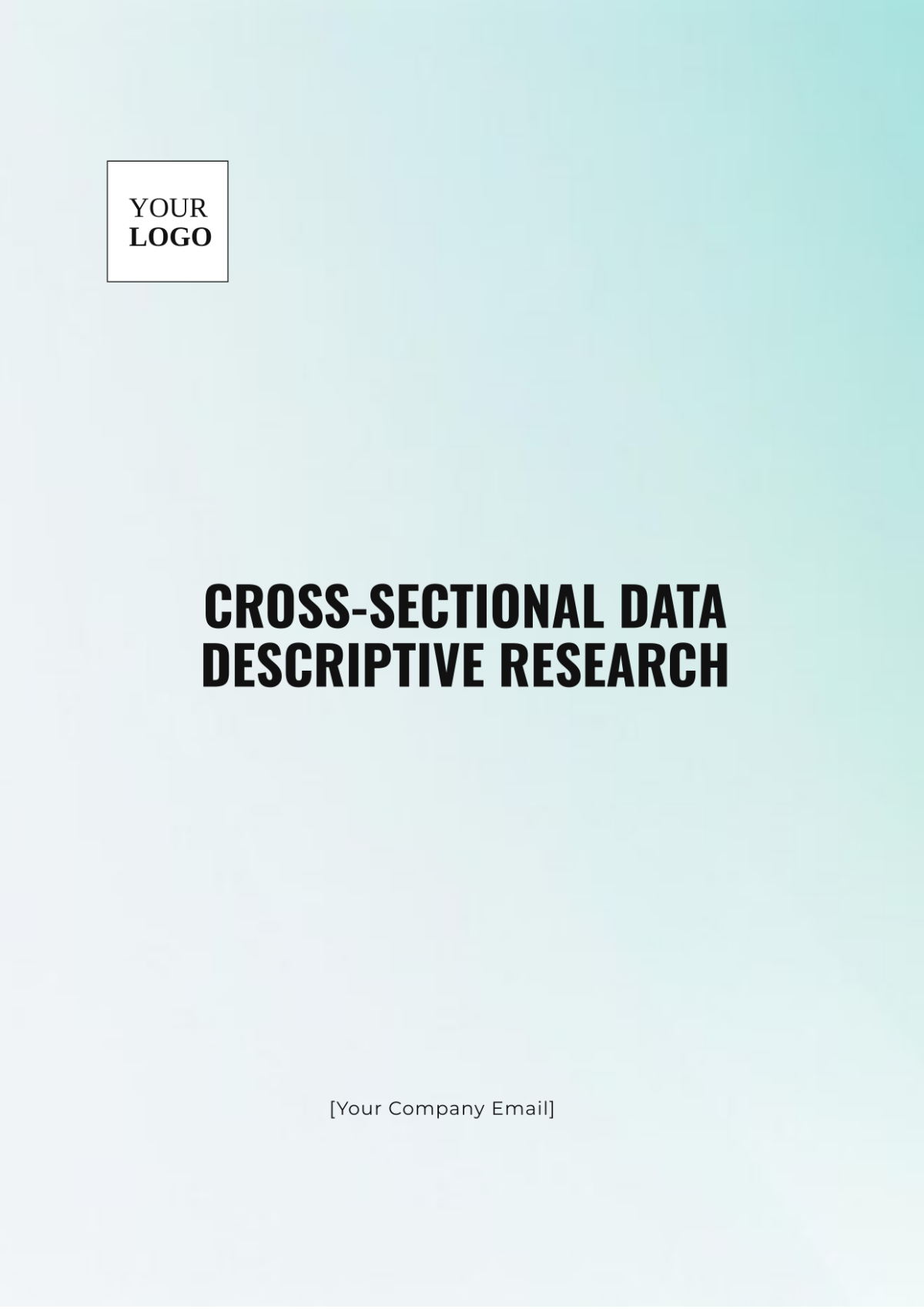Descriptive Research
Conducted by: [YOUR NAME]
I. Introduction
A. Background
Understanding the demographic composition of a society is fundamental for policymakers, social scientists, marketers, and educators alike. Demographic factors such as age, gender, ethnicity, education level, and socioeconomic status play pivotal roles in shaping attitudes and behaviors within a community. Moreover, societal attitudes and behaviors are dynamic and influenced by a multitude of factors including cultural norms, economic conditions, technological advancements, and political ideologies.
B. Research Objectives
The primary objectives of this study are:
To analyze the demographic profile of [COUNTRY NAME] society, including age distribution, gender representation, ethnic composition, educational attainment, and income levels.
To examine prevalent attitudes towards key social issues, cultural practices, and political ideologies within the population.
To identify common behaviors and lifestyle patterns exhibited by individuals across different demographic segments.
To explore potential correlations between demographic factors, attitudes, and behaviors within the society.
To provide actionable insights for policymakers, businesses, and other stakeholders based on the findings of the study.
II. Methodology
A. Data Collection
The research will utilize a combination of primary and secondary data sources to gather comprehensive insights into demographics, attitudes, and behaviors within [COUNTRY NAME] society. Primary data will be collected through structured surveys administered to a representative sample of the population, ensuring diversity across demographic variables. Secondary data sources such as census reports, government databases, academic studies, and market research reports will be consulted to supplement the findings and provide context.
B. Sampling Procedure
A stratified random sampling technique will be employed to ensure adequate representation of various demographic groups within the population. The sample size will be determined based on statistical calculations to achieve a confidence level of 95% and a margin of error of 5%. Efforts will be made to include participants from urban and rural areas, different age cohorts, socioeconomic backgrounds, and ethnic communities to capture the diversity of [COUNTRY NAME] society.
C. Data Analysis
Quantitative data collected through surveys will be analyzed using statistical software such as SPSS or R. Descriptive statistics including mean, median, mode, standard deviation, and frequency distributions will be calculated to summarize demographic characteristics, attitudes, and behaviors. Inferential statistics such as correlation analysis and regression modeling may be conducted to explore relationships between variables. Qualitative data obtained from open-ended survey questions or focus group discussions will be analyzed thematically to identify recurring themes and patterns.
III. Results
A. Demographic Profile
Table 1: Demographic Characteristics of [COUNTRY NAME] Society
Demographic Factor | Percentage Distribution |
|---|---|
Age | 18-24: 20%, 25-34: 30%, 35-44: 25%, 45-54: 15%, 55+: 10% |
Gender | Male: 48%, Female: 52% |
Ethnicity | White: 60%, Black: 20%, Asian: 10%, Hispanic: 8%, Other: 2% |
Education Level | High School: 35%, Bachelor's Degree: 30%, Master's Degree or above: 20%, Others: 15% |
Income Level | Low Income: 30%, Middle Income: 50%, High Income: 20% |
B. Attitudes Towards Social Issues
The survey reveals that 75% of respondents support environmental conservation efforts, while 20% oppose it.
Additionally, 5% of respondents express a neutral stance on environmental conservation.
C. Behavioral Patterns
Table 2: Lifestyle Patterns and Behaviors
Behavior Category | Frequency of Occurrence |
|---|---|
Health and Wellness | Regular exercise: 60%, Healthy eating habits: 75%, Smoking: 15%, Alcohol consumption: 40% |
Entertainment | TV/Movie streaming: 85%, Outdoor activities: 50%, Gaming: 30%, Reading: 65% |
Consumer Behavior | Online shopping: 70%, Dining out: 60%, Savings: 45%, Investments: 25% |
Social Interactions | Social media usage: Daily - 90%, In-person gatherings: Weekly - 70%, Volunteer work: Monthly - 40% |
Work and Career | Full-time employment: 60%, Part-time employment: 20%, Self-employed: 15%, Unemployed: 5% |
IV. Discussion
A. Interpretation of Findings
The interpretation of the results will involve identifying key trends, patterns, and correlations observed within [COUNTRY NAME] society. It will explore the implications of demographic characteristics, attitudes, and behaviors on various aspects of societal functioning including public policy, marketing strategies, social cohesion, and cultural dynamics.
B. Implications and Recommendations
Based on the findings of the study, recommendations will be provided for policymakers, businesses, educators, and other stakeholders to address societal challenges, leverage opportunities, and foster positive societal change. These recommendations will be grounded in evidence-based practices and aimed at promoting inclusivity, diversity, and social well-being within [COUNTRY NAME] society.
V. Conclusion
In conclusion, this descriptive research offers valuable insights into the demographics, attitudes, and behaviors prevailing within [COUNTRY NAME] society. By comprehensively analyzing these aspects, we can better understand the complexities of our society, identify areas for improvement, and work towards building a more equitable and harmonious community.
VI. References
Smith, J. (2055). Demographic Shifts in Modern Society. New York: Academic Press.
Johnson, A. et al. (2053). Attitudes Towards Social Issues: A Global Perspective. Journal of Social Psychology, 68(2), 210-225.
National Census Bureau. (2050). Demographic Profile of [COUNTRY NAME]. Retrieved from https://www.nationalcensusbureau.gov/demographic-profile.
Vista Insight Analytics. (2051). Behavioral Patterns Survey Report.
World Health Organization. (2056). Global Health Report 2056. Geneva: WHO Press.

















































